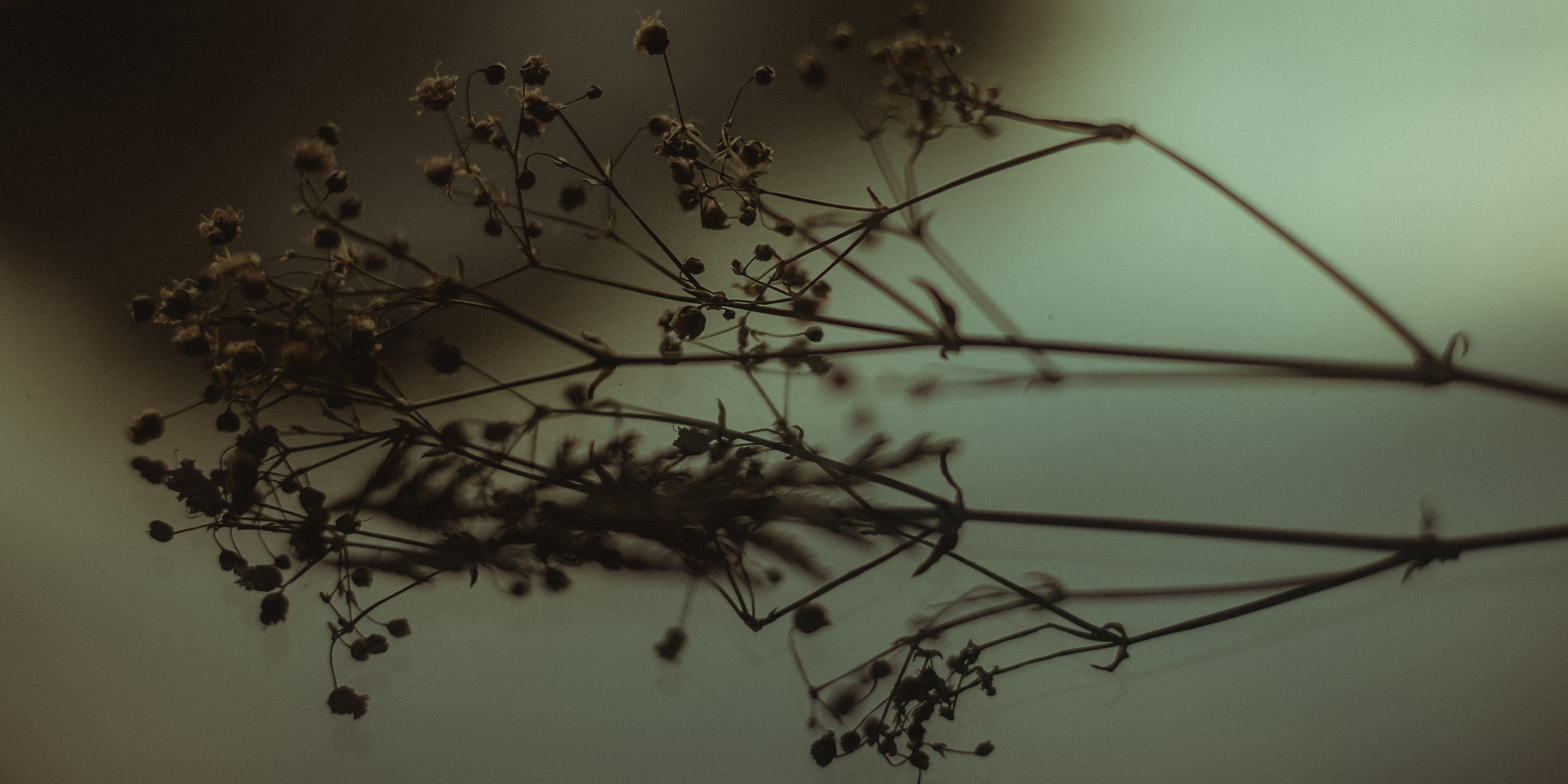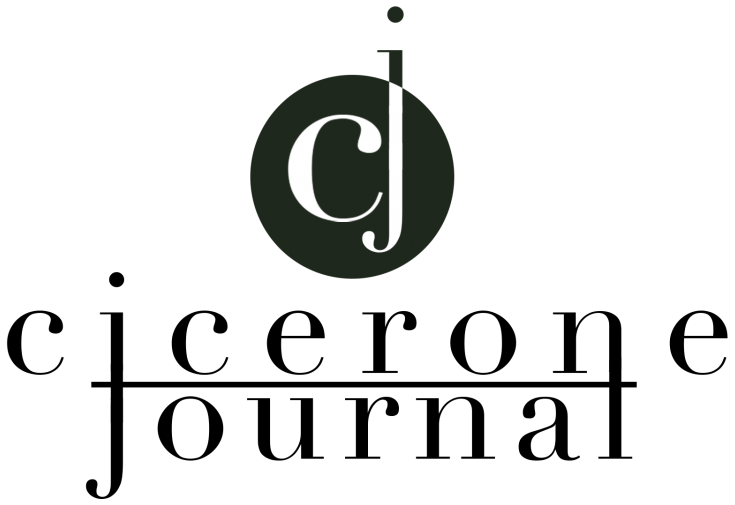
Camera Obscura
by Jane Frank
When I finally woke, the vista was inverted on the walls, snow almost to the ceiling, the shadows of leafless branches stretching to the sky like stick woman arms striped across our reclining forms: I looked bruised, light dappling around my eyes. He’d been painting the bedroom and there was a stepladder to an upside down rose garden tinged yellow-sick, crystals lagging from serrated leaves – the tears of another eye. You know
how it works, don’t you? And this one was the oldest working instrument of its kind in the world, I was told, delivered in a horse and cart in 1836 to the old windmill on Corbelly Hill. It was a cold place, and in winter, I collected rays of light as it would tell you: my thoughts etched in its dossier of my time there through the window of the white Georgian house, the odd feeling I was being filmed so the theatrical infiltrated the
domestic – reflected residual traces smudged on objects in its direct line of sight – the typewriter, the framed pictures on the desk, the quilt in primary colours that had crossed oceans. Call me naïve but at first I thought rays of light travelled in straight lines that could reach right through but they are absorbed by objects – and people – that retain information about their colour and brightness. I found my own peephole into his lies:
through a tiny slit of jealousy in the darkness, I would sift through the hotel receipts in his briefcase, all the secret details of his inside-out nights. Anthropologists believe small holes in tents of animal hide inspired Palaeolithic cave paintings – distortions in the shapes of beasts achieved when the surface where an image was projected was not straight, or somehow angled. External and internal blur so what’s seen becomes mutable,
dreamlike. When you’re up there in the tower, it feels magical to drift unseen but all-seeing like God, lifting traffic and people with a slip of paper or making ruffles in once smooth roads from your dark vault, memories reversing themselves to dance on a 360-degree panorama of lilting countryside and a braille of buildings red as salmon in a slow-widening river. The inverted image is a treasure house that collects truth and bends it.
One icy Easter Sunday when he’d driven off alone, I sat on the observatory steps for hours reading The Lonely Passion of Judith Hearne and saw in Moore’s trap of custom and loneliness that well-crafted words are rare and exquisite as sunlight on glass. Through a slim opening I could suddenly see the eclipse without risk of damaging my eyes by looking into the sun directly, further than the man, the hill, the camera obscura.
Jane Frank lives and writes in Brisbane. Recent poems have appeared in Not Very Quiet, Stilts Journal, Algebra of Owls and The Poets’ Republic and others are forthcoming in Antipodes, Meniscus and a new anthology — Pale Fire: New Writings on the Moon (The Frogmore Press, 2019). She teaches in creative writing and literary studies at Griffith University.
